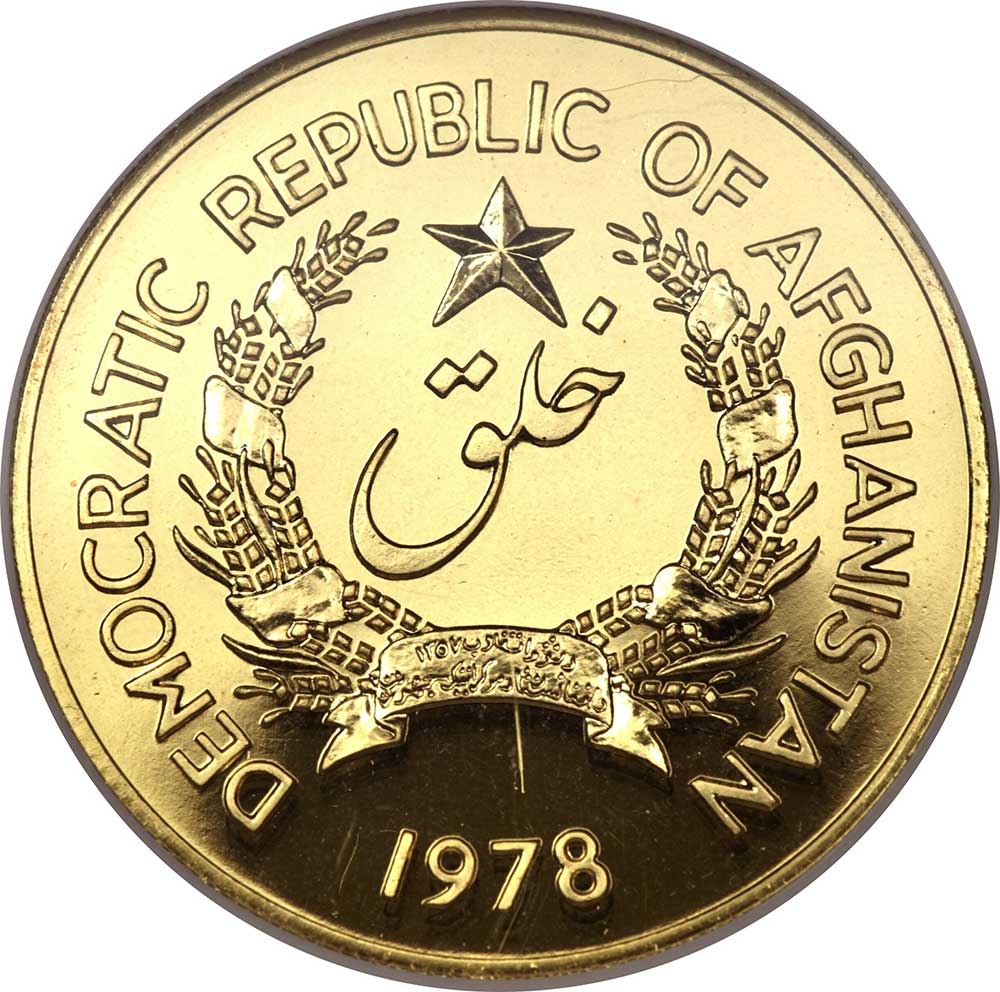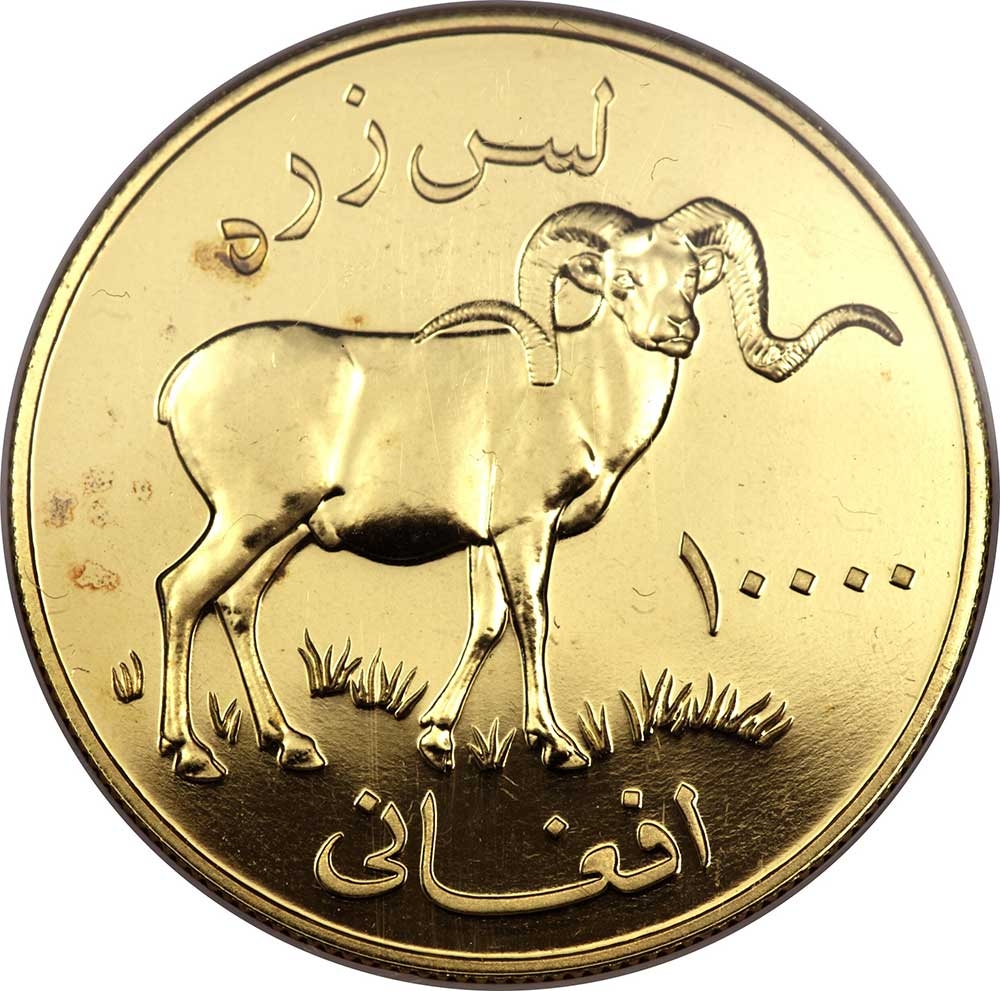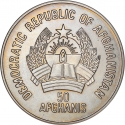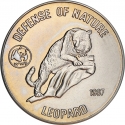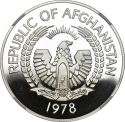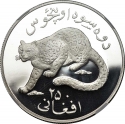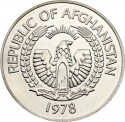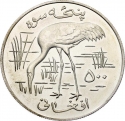You are about to finish your registration. Please check your mailbox (including spam folder). There should be a letter with a confirmation link. Check setting to make sure that your e-mail address is correct.
Send letter againDescription
The Saur Revolution, also known as the Sowr Revolution, or the April Revolution, was a coup staged by the People's Democratic Party of Afghanistan (PDPA) on 27–28 April 1978. This revolution overthrew President Mohammed Daoud Khan, who had come to power through the 1973 Afghan coup d'état and established an autocratic one-party system. Daoud and most of his family were executed at the Arg in Kabul by Khalqi military officers, followed by a purge of his supporters. The successful uprising led to the establishment of a socialist Afghan government aligned with the Soviet Union, with Nur Muhammad Taraki as the General Secretary of the Revolutionary Council. The term "Saur" or "Sowr" refers to the second month of the Solar Hijri calendar, during which the revolution occurred.
Obverse

|
Depicts the coat of arms of the Democratic Republic of Afghanistan (after the April Coup, 1978–1980), the country name in English above and the date in Gregorian below. DEMOCRATIC REPUBLIC OF AFGHANISTAN |
|---|---|
Reverse

|
Depicts a Marco Polo sheep over grass, with a numeral value at the right with Pashto letters above. لس زره |
| Edge |
10 000 Afghanis
Democratic Republic
World Wide Fund for Nature
Marco Polo Sheep
Subscribe series
KM# 1019 Schön# C105 Fr# 44
World Wide Fund for Nature
Marco Polo Sheep
